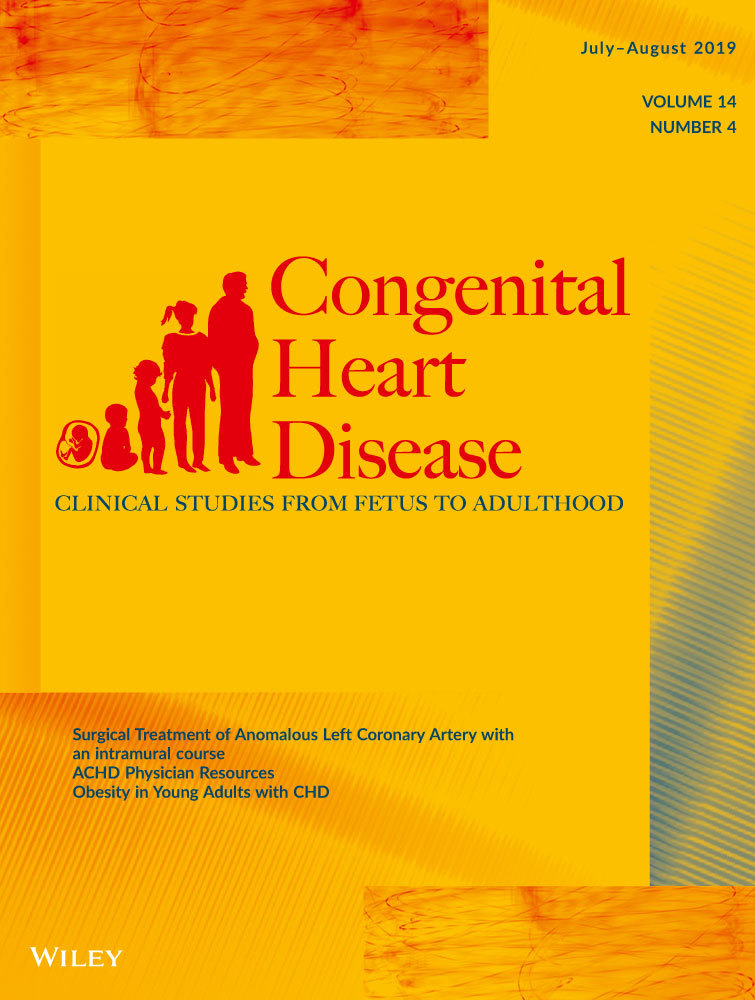Midterm outcomes of right ventricular outflow tract reconstruction using the Freestyle xenograft
Abstract
Objective
Various options exist for right ventricular outflow tract (RVOT) reconstruction in congenital heart disease. The Freestyle porcine aortic root may be used but its longevity is not well defined.
Design
We performed a retrospective review of all non-Ross RVOT reconstructions using the Freestyle root in our institution. Survival and reintervention, either by surgery, transcatheter valve implantation, balloon valvuloplasty, or bare metal stent placement, were recorded. Factors associated with reintervention were assessed using Cox regression.
Results
Between January 2002 and December 2015, there were 182 patients identified. Sixteen patients were lost to follow-up and 3 patients died, unrelated to cardiac surgery. Of the remaining 163 patients, the median age was 12.2 years (interquartile range 6.4-16.4), median weight was 39.0 kg (interquartile range 19.9-59.3), and the median body surface area was 1.23 m2 (interquartile range 0.79-1.64). Ninety-three (57%) patients had tetralogy of Fallot. The median follow-up was 5.4 years (interquartile range 2.9-8 years). There were no operative or cardiac-related deaths. Thirty-eight patients (23%) required reintervention. The rate of freedom from reintervention was 93.2% (95% CI 86.7%-96.6%) at 5 years and 48.4% (95% CI 34.9%-60.6%) at 10 years. Age < 10 years, weight < 39 kg, and body surface area <1.2 m2 at the time of valve placement, as well as valve size ≤25 mm were significantly associated with need for earlier reintervention.
Conclusions
The Freestyle root in the RVOT is associated with excellent survival and low midterm need for reintervention. Its longevity is comparable to published data on homografts and other bioprosthetic valves.
CONFLICT OF INTEREST
The authors declare that they have no conflicts of interest with the contents of this article.




